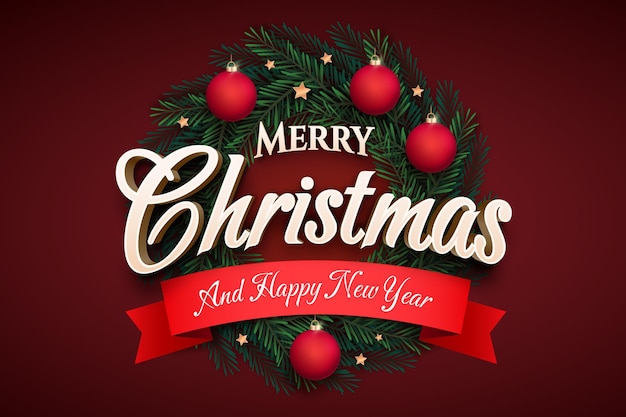Evolution of Christmas: From Pagan Roots to a Global Celebration

Zaharaddeen Ishaq Abubakar
The history of Christmas Day is intertwined with both Christian religious traditions and various pagan customs. Here is a chronological overview of its development:
1. Early Christian Origins: The exact date of Jesus Christ's birth is not mentioned in the Bible. During the 2nd century, the date of December 25th began to gain prominence among Christians in Rome as the day to celebrate the birth of Jesus. It is believed that the early Christians chose this date to coincide with existing pagan festivals.
2. Pagan Influences: December 25th was already significant in pre-Christian Roman and other pagan traditions. It marked the Winter Solstice, a time of celebrating the rebirth of the sun and the lengthening of daylight. Roman festivals like Saturnalia and the birth feast of the sun god Sol Invictus were celebrated around this time, contributing to the merging of pagan and Christian festivities.
3. Christianization of Pagan Customs: As Christianity spread across different regions, it incorporated and Christianized various pagan customs and traditions. This process helped ease the transition for newly converted pagans and allowed them to continue celebrating midwinter holidays under a Christian framework.
4. Christmas Becomes Official: In the 4th century, Christianity became the official religion of the Roman Empire under Emperor Constantine. This solidified the position of Christmas as an important Christian holiday. The celebration progressively separated from its pagan roots and focused more on the birth of Jesus Christ.
5. Medieval Christmas: In the Middle Ages, Christmas became a festive season that lasted for twelve days, starting on December 25th and ending on January 6th with the Feast of the Epiphany. It was a time of feasting, gift-giving, and various customs such as Yule logs, caroling, and merrymaking.
6. Reformation and Christmas: During the Protestant Reformation in the 16th century, some reformers, including Puritans and Calvinists, opposed the celebration of Christmas due to its associations with Catholic practices and perceived excesses. In some places, Christmas celebrations were banned or discouraged.
7. Christmas Revival: By the 19th century, the tradition of celebrating Christmas had been revived and became increasingly popular, influenced by writers like Charles Dickens and the Victorian era's emphasis on family, charity, and goodwill. Many customs we associate with modern Christmas, such as the Christmas tree, greeting cards, and exchanging gifts, originated during this period.
8. Contemporary Christmas: Today, Christmas is celebrated worldwide by Christians and non-Christians alike. While the religious aspects remain significant for Christians, it has also become a secular holiday centered around family gatherings, gift-giving, decorations, festive meals, and enjoying the holiday spirit.
Overall, the history of Christmas Day reflects the blending of religious and cultural practices over time, resulting in a holiday celebrated for various reasons by different people.

